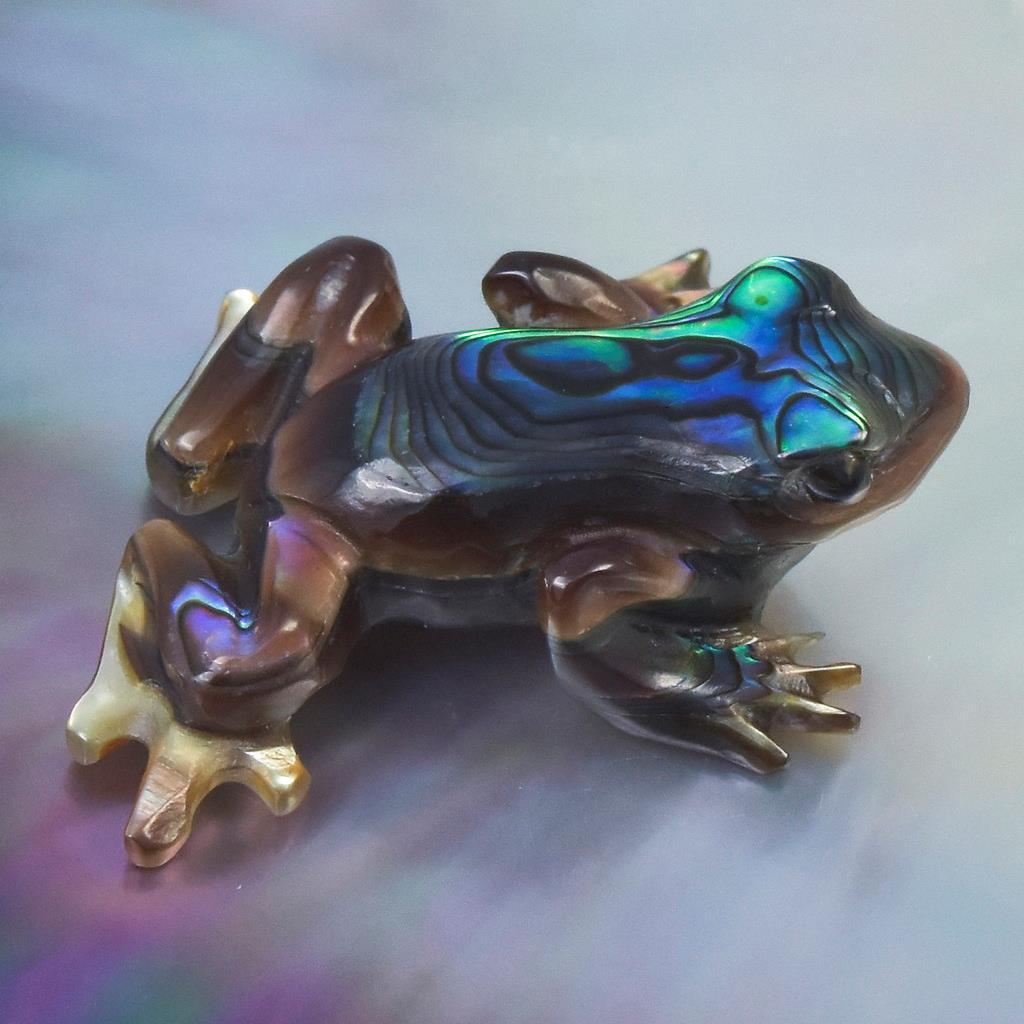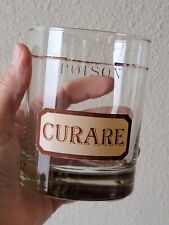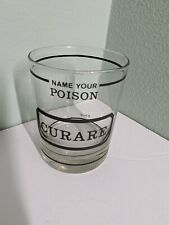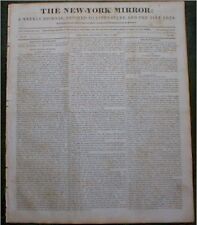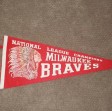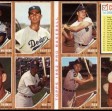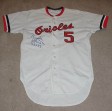When you click on links to various merchants on this site and make a purchase, this can result in this site earning a commission. Affiliate programs and affiliations include, but are not limited to, the eBay Partner Network.
a.imagelink {color:#0000FF;} a:hover.imagelink {color:#0000FF;} a:visited.imagelink {color:#800080;} a.imagelink img.saleimage { border: 2px solid #0000FF; } a:visited.imagelink img.saleimage { border: 2px solid #800080; }
FROG CARVING ~ PAUA & MULTI-COLOR MOTHER-of-PEARL SHELL for COLLECTION or JEWELRY
Item # : 207 0614
Type : Hand-carved lustrous Paua Abalone, black Pinna Pen shell & Black-lipped Oyster Shell (Mother-of-Pearl shell) carving for your figurine collection or jewelry design – 3-dimensionally carved.
~ this shell carving could make a stunning pendant or other designer jewelry
Amount : 1 (one) piece
* All photos are taken from the actual item *
Design : A beautiful Poison Arrow Frog design from our “Wildlife Collection”
Each piece is hand-carved one by one by master-craftsmen and therefore the design may vary slightly.
This makes each carving a one-of-a-kind piece of art.
Poison Arrow Frog : Curare is the name given to various highly toxic substances used by certain indigenous tribes in South America to poison their hunting arrows. Curare is also the name given to the plants that produce the toxic substances. Curare paste was applied to arrowheads and used to kill prey when hunting.
While curare is the most well-known \'arrow poison\', there were others, even more toxic than curare, that were used by the South Americans to coat their arrows.
The Poison Arrow Frog (also known as dart-poison frog, poison frog is the common name of a group of frogs in the family Dendrobatidae which are native to tropical Central and South America. These species are diurnal and often have brightly colored bodies.
This bright coloration is correlated with the toxicity of the species, making them aposematic. Some species of the family Dendrobatidae exhibit extremely bright coloration along with high toxicity, while others have cryptic coloration with minimal to no amount of observed toxicity.
The species that have great toxicity derive this from their diet of ants, mites and termites. Other species however, that exhibit cryptic coloration and low to no amounts of toxicity, eat a much larger variety of prey.
Many species of this family are threatened due to human infrastructure encroaching on their habitats.
These amphibians are often called \"dart frogs\" due to the Native Americans\' use of their toxic secretions to poison the tips of blow-darts. However, of over 170 species, only four have been documented as being used for this purpose (curare plants are more commonly used), all of which come from the genus Phyllobates, which is characterized by the relatively large size and high levels of toxicity of its members.
Material : Genuine natural Paua Abalone shell, black Pinna Pen shell and Black-lipped Oyster shell (Mother-of-Pearl shell) with black Pinna Pen shell inlayed eyes
Color : Fine multicolor Paua Abalone shell, black Pinna Pen shell, and grayish black Mother-of-Pearl shell with a stunning silken luster.
The eyes are made out of inlayed black Pinna Pen shell.
Weight : approx. 5.43 grams
Dimensions : Length: approx. 28.12 mm = 1.10 inches
Width: approx. 26.45 mm (measured at the widest point)
Thickness of shells: approx. 10.20 mm
Perforation : This carved shell is not drilled.
It is not a ready to wear piece of jewelry.
Origin : We buy all our shell material from the pearl farms (aqua culture) off the coast of the Island of Sumbawa.
We buy all our Paua Abalone shell material directly from New Zealand.
This shell carving is handcrafted in Bali (Indonesia) by our in-house Balinese shell carvers.
Hand-carving : Our shell carvings are all hand carved. This is not a machine mass produced item.
This item is handmade and each piece is made one by one which make each piece a one-of-a-kind piece of art.
We know you will enjoy using and wearing our shell carvings as much as we enjoyed making them.
Paua Abalone shell : Paua shell is produced by the New Zealand Abalone (Haliotis iris), the most colorful shell.
The name Paua is the name the Maori call the shell we know as Abalone from the deep waters of the South Island of New Zealand.
These waters are a lot colder being so close to the Antarctic Basin. This is why the colors of Paua Abalone are more vibrant and deeper in color than any other Abalone found in the world.
The lustrous iridescence is a rainbow blue, green and various shades of red.
This Paua Abalone shell is an inspiration from nature’s spectrum of rainbow colors.
Definition black Mother-of-Pearl :
Pinctada margaritifera ~ Black-lip Pearl Oyster
Pinctada margaritifera, commonly known as the black-lip pearl oyster, is a species of pearl oyster, a saltwater clam, a marine bivalve mollusk in the family Pteriidae. This species is common in the Indo-Pacific within tropical coral reefs.
The ability of P. margaritifera to produce pearls means that the species is a valuable resource to humans. The oysters are harvested wild from coral reefs and are also commonly grown in aquaculture, both primarily taking place in the Indo-Pacific region.
The common name of this species refers to the black coloring along the margins of the interior of the shell. Externally the shell is dark grayish brown or green, though white spots are common across the shell. Adults usually reach between 20 and 25 cm (7.9 and 9.8 inches) in height.
Definition black Pinna Pen shell : Pinna shell species are large saltwater clams sometimes known as pen shells. They are marine bivalve mollusks.
Pen pearl is a term used for pearls from the shell species Pinna. This species is found in the waters of the Indian and Pacific Ocean and also in the Mediterranean. These shells produce both nacreous and non-nacreous pearls. The pearls often exhibit a dark grey to black body color with overtones of bright green, blue, purple, silver, and pink.
We buy natural pearls directly from the divers throughout the Indo Pacific region.
Found in the pristine tropical waters off the coast of the New Guinea.
Remarks : This finely carved shell could make an addition to your figurine collection, a spectacular pendant or other jewelry.
This is not a ready to wear piece of jewelry.
Don’t miss the opportunity to own this beautiful hand-carved natural shell for your figurine collection.
Our photographs have been enlarged to show details. Most details shown in the large image are actually not visible to the naked eye. We have made the image as close as possible to the original item when viewed on our screen. Depending on the viewers monitor settings, these items may appear a few shades lighter or darker in comparison to the original object. Why Shop with AGUSTUS-Collection
» Seller since the Year 2000
» Very high Approval Rating
» Outstanding Collection
» Custom Orders & Wholesale
» Free Shipping for purchases over US$ 500
» Combine Shipping for 10 days
» Secure Packing & Shipping Services
» Secure Payment
» Items are guaranteed as described
» Clear Return Policy
» Fast Support Response
» Outstanding Customer Service
Get images that
make Supersized seem small.
THE simple solution for sellers.


